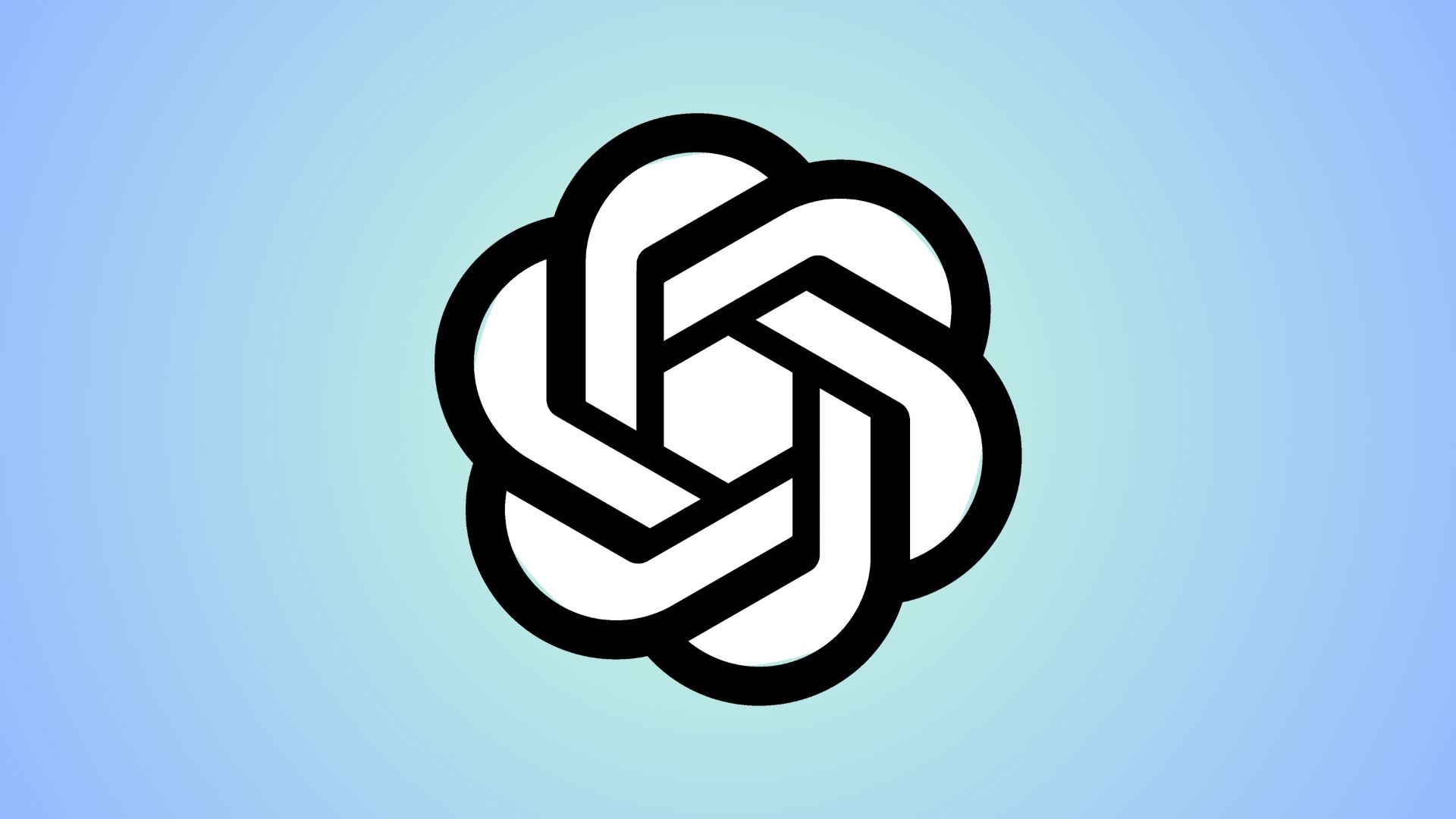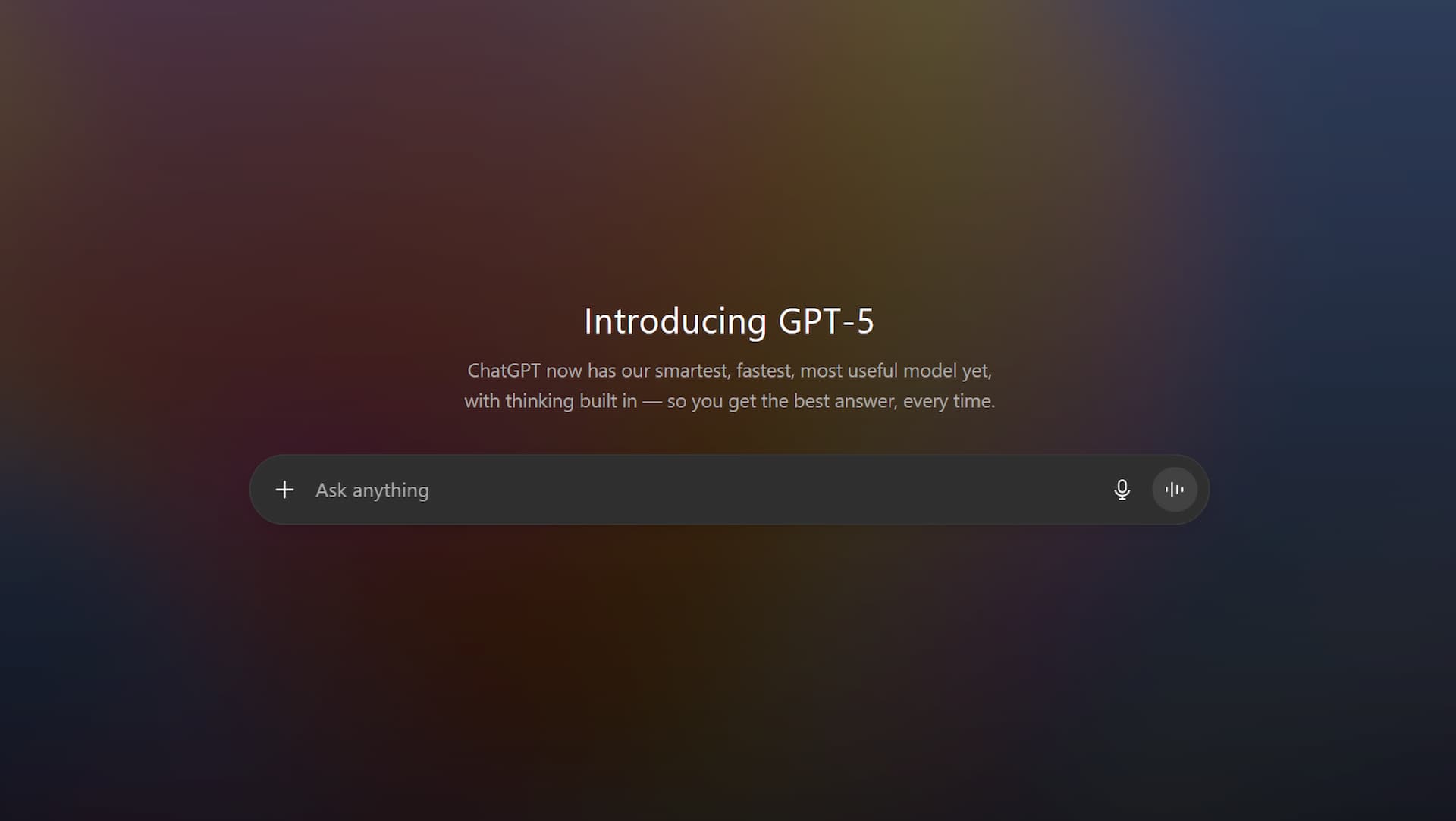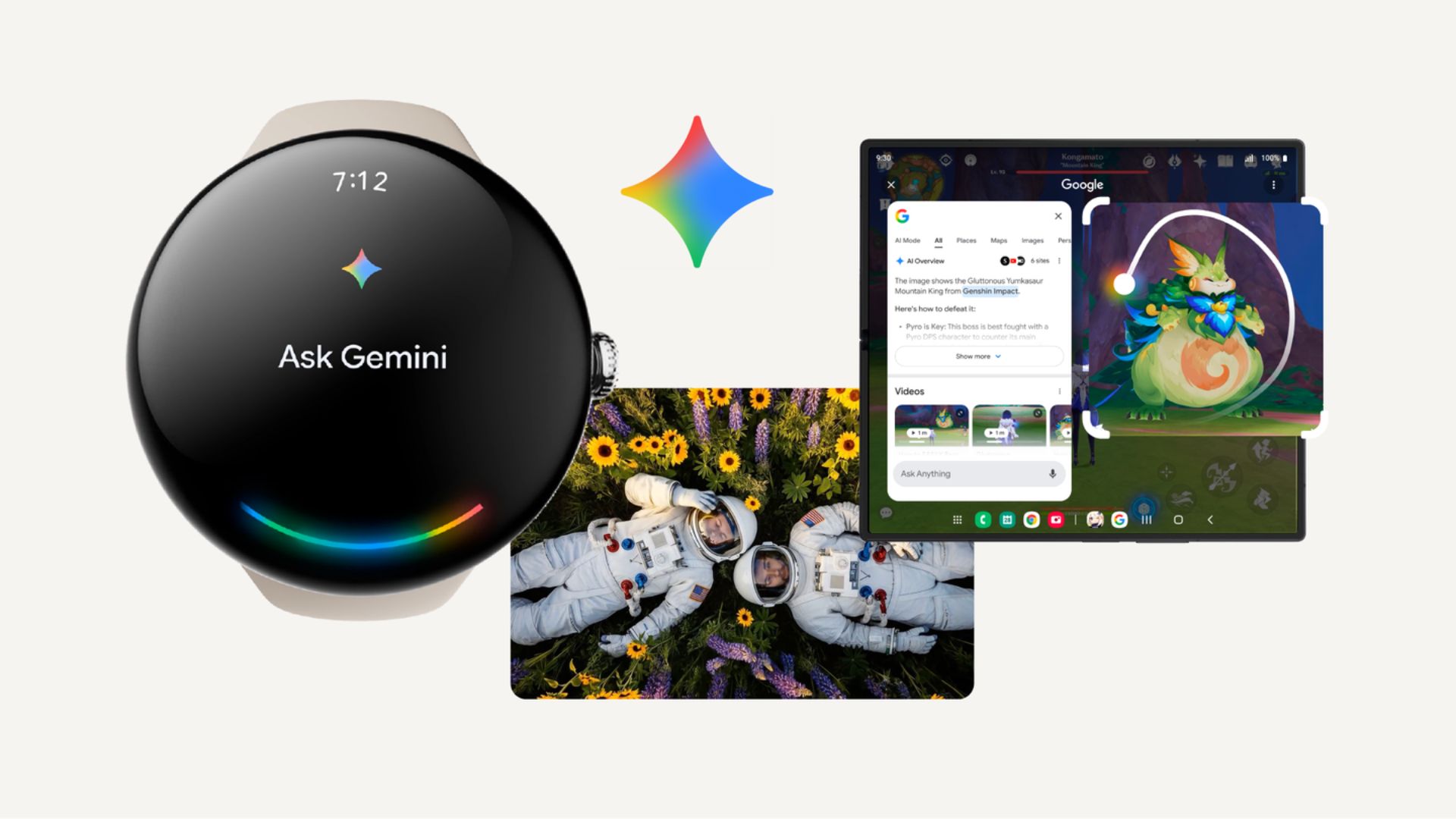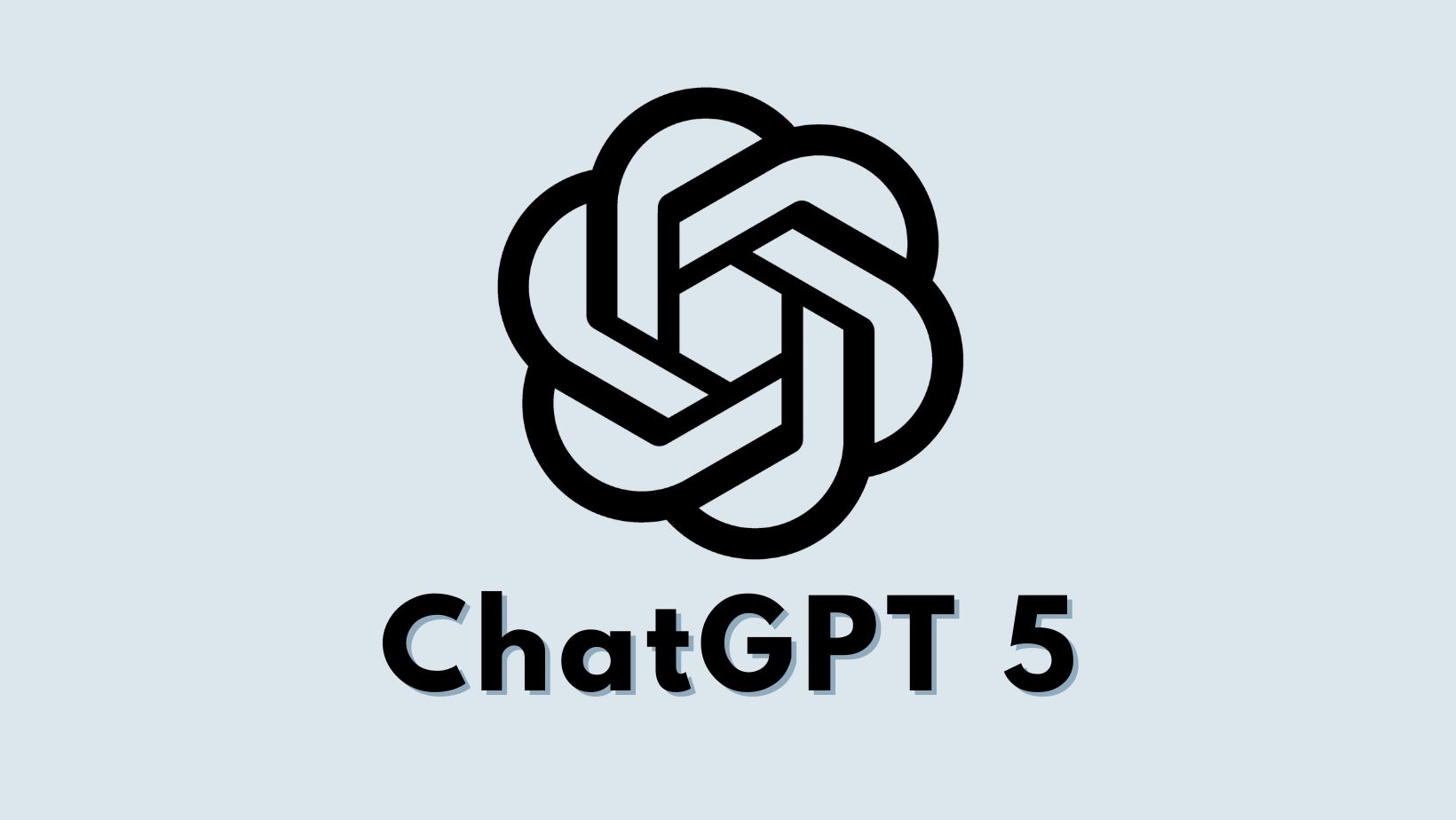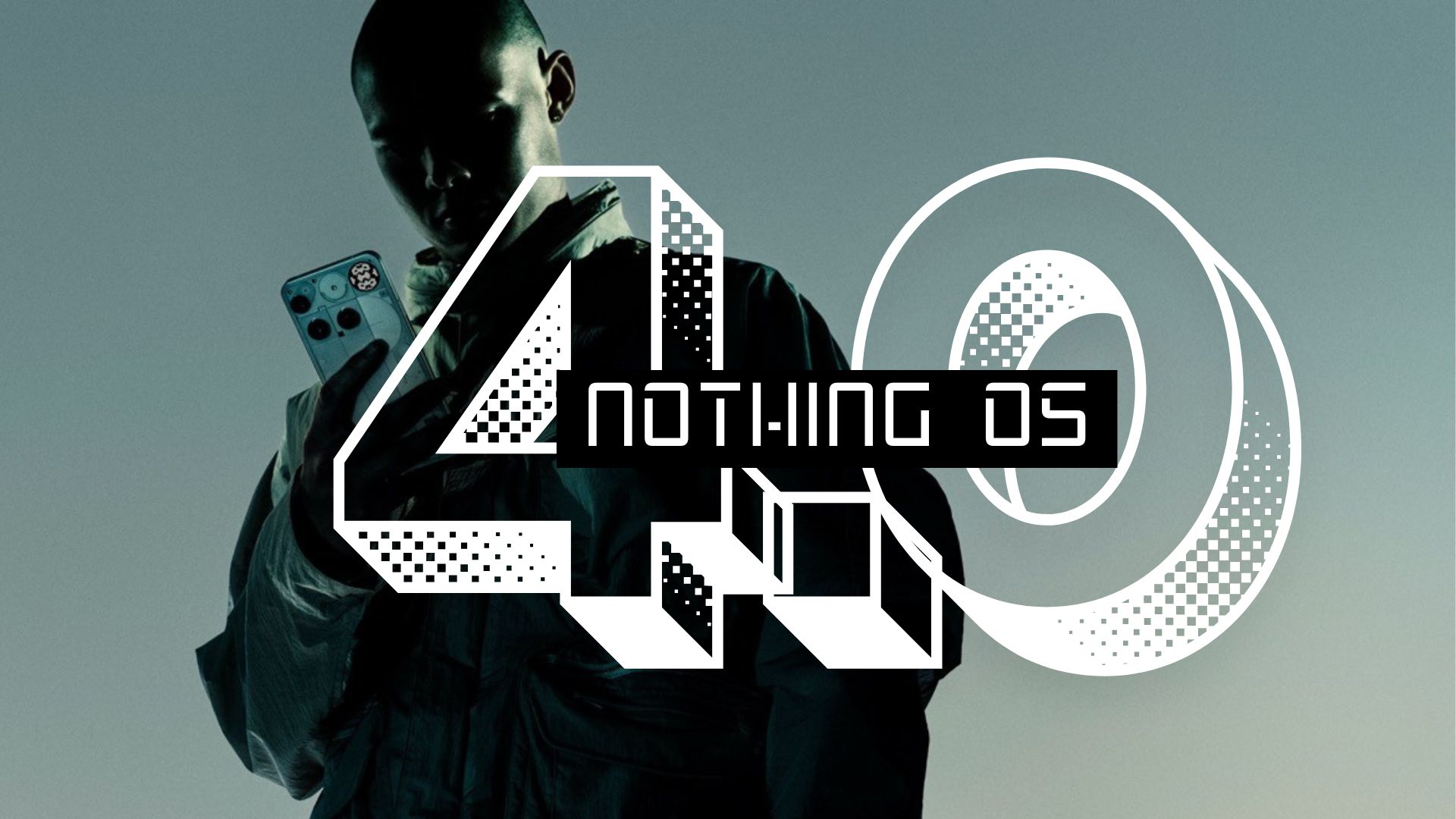Download Android 16 QPR1 Beta with Material 3 Expressive Design
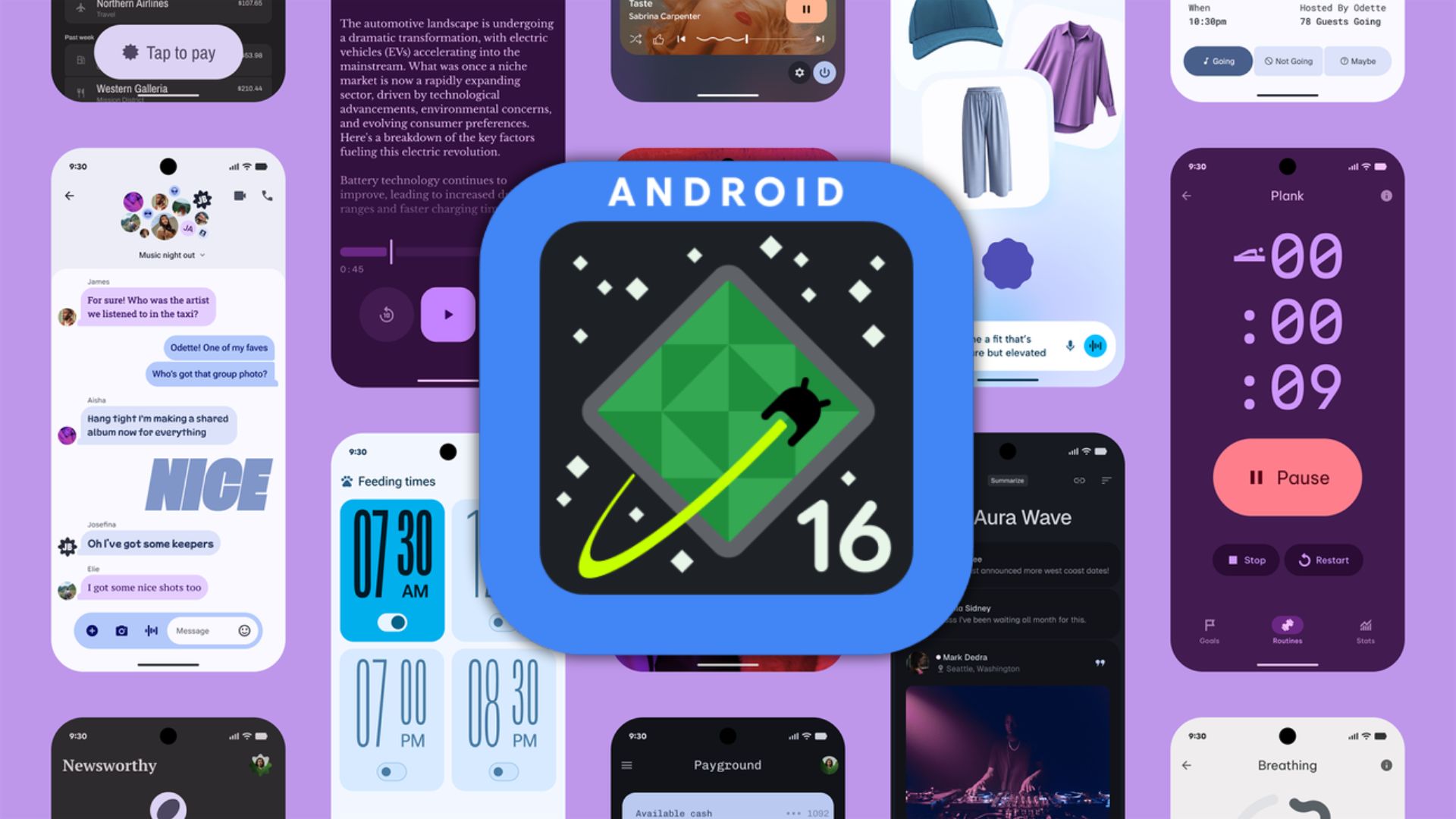
Key Takeaways
- Android 16 QPR1 Beta 1 is released as the final beta update before the stable release expected in June 2025.
- It introduces the Material 3 Expressive Design with visual refreshes to notifications, quick settings, lock screen, and launcher.
- Includes May 2025 security patches and platform improvements.
- QPR1 Beta 1 build (BP31.250502.008)
- Beta starts the development cycle for Google’s September Feature Drop
Google has just launched Android 16 Beta 4, marking the final beta update before the stable version releases in June 2025. While the stable build is coming soon, Google will continue offering beta program access through the QPR1 build, which will run parallel to the stable version for Google Pixel devices. The exciting news is that Android 16 QPR1 is now available for download, featuring the highly anticipated Material 3 Expressive Design that Pixel users can experience immediately!
Android 16’s beta journey began in January 2025 (not counting developer previews). As previously reported, Android 16 can now be downloaded across multiple device brands including Google Pixel, Honor, iQOO, Lenovo, OnePlus, OPPO, Realme, vivo, and Xiaomi, with each manufacturer implementing their own version of Android 16. These OEMs will also create customized versions of the Material 3 Expressive Design.
Regarding the new features, Google states:
“This build incorporates several Material 3 Expressive changes announced last week, including visual refreshes to notifications, quick settings, the lock screen, and the launcher.”
Android 16 QPR1 Beta 1 provides an early look at the Material 3 Expressive Design coming to Android phones, Wear OS, Android TV OS, and Android Auto. It ships with build BP31.250502.008 and includes the May 2025 security patch.
One of Android 16’s most notable improvements is its extended support for devices ranging from Pixel 6 through Pixel 9 Pro, expanding compatibility to more users.
What’s New in Android 16 QPR1 Beta 1?
Google has just dropped Android 16 QPR1 Beta 1, continuing the Android 16 Beta program with the first Quarterly Platform Release update aimed at the September Feature Drop. This new beta brings exciting visual refreshes, security patches, and platform enhancements that Pixel users can start testing immediately.
The latest beta update (build BP31.250502.008) delivers significant improvements across the board. According to Google’s official announcement, this release includes:
- New platform features
- Bug fixes and performance optimizations
- August 2025 security patches
- Material 3 Expressive design changes
1: Material 3 Expressive: design for intuition and emotion
The Material 3 Expressive visual refresh is perhaps the most noticeable change in this release. Google announced these design updates last week, and now Pixel users can experience them firsthand in QPR1 Beta 1. The refresh impacts several key UI elements:
- Notifications system
- Quick settings panel
- Lock screen interface
- Launcher design
Material 3 Expressive enhances your product’s appeal through emotional UX, making experiences more engaging, intuitive, and desirable. Watch the I/O talk to discover how expressive design evokes emotion, guides users toward their goals, and delivers flexible, personalized experiences.

2: Smarter widgets, engaging live updates
Smarter widgets now offer ROI measurement capabilities (coming soon) and easy personalized widget preview creation with Glance 1.2. Promoted Live Updates alert users to important ongoing notifications through a standardized Progress Style template.

3: Enhanced Camera & Media: low light boost and battery savings
Camera and media improvements include software-based low light enhancement for better dim-lighting photography and native PCM offload that allows DSPs to handle more audio playback processing, significantly extending battery life.
4: Build next-gen app experiences for Cars
Google is expanding opportunities for in-car app development with Gemini integrations, support for Games and Video categories, and enhanced capabilities for media and communication apps through the Car App Library and new APIs. Also introducing updated quality tiers, simplified distribution, and improved testing tools like Android Automotive OS on Pixel Tablet and Firebase Test Lab access. Learn more in our technical session and blog post about new in-car experiences.
5: One app, every screen: think adaptive and unlock 500 million screens
Mobile Android apps are the core experience across phones, foldables, tablets, and ChromeOS. This year, Google is extending their reach to cars, XR devices, desktop windowing, and connected displays. This growth opens access to an ecosystem of 500 million devices—a huge opportunity to connect with more users by designing adaptive apps that seamlessly work across multiple form factors. Tools like the Compose Layouts library and Jetpack Navigation updates make creating these flexible experiences easier than ever. For example, Peacock, NBCUniversal’s US streaming service, is using adaptive design to deliver a tailored experience wherever users are.
6: Build for Android XR’s expanding ecosystem
Android XR continues to evolve with Developer Preview 2 of the SDK and an expanding device ecosystem. Beyond Samsung’s Project Moohan (the first Android XR headset), new portable devices are coming from partners like XREAL. Discover more by watching our sessions on Compose and AI for Android XR, building differentiated apps with 3D content, and exploring Android XR development resources.

XREAL’s Project Aura
7: Wear OS meet Material Expressive on Wear OS 6
Wear OS 6 brings Material 3 Expressive to wearables, offering the most powerful and expressive Wear OS version yet. This new UI design features personalized visuals and motion elements to enhance user creativity, coming to Wear, Android, and Google apps later this year. Developers can implement Material 3 Expressive on Wear OS through new Jetpack libraries: Wear Compose Material 3 for apps and Wear ProtoLayout Material 3 for tiles and layouts. Get started with these libraries and other Wear updates today.

Some examples of Material 3 Expressive on Wear OS experiences
8: Engage users on Google TV with excellent TV apps
Google TV developers can now use more resources from Compose’s core and Material libraries with the stable release of Compose for TV, enabling excellent adaptive UIs across apps. Google is also introducing platform updates and developer tools to boost engagement, including Gemini capabilities coming to TV this fall and open enrollment for our Video Discovery API.
Software version
| Release date | May 20, 2025 |
| Build | BP31.250502.008 |
| Emulator support | x86 (64-bit), ARM (v8-A) |
| Security patch level | May 2025 |
| Google Play services | 25.13.33 |
| API diff | Baklava Beta 2 → API 36 API 35 → API 36 |
Eligible Devices
The Android 16 QPR1 Beta 1 is available for a wide range of Pixel devices, including:
- Pixel 6, 6 Pro, and 6a
- Pixel 7, 7 Pro, and 7a
- Pixel 8, 8 Pro, and 8a
- Pixel 9, 9 Pro, and 9a
- Pixel Fold
- Pixel Tablet series devices
How to download Android 16 QPR1 Beta 1?
If you’re interested in testing this new release, the process is straightforward:
- New beta testers: Visit Google’s Android Beta Program website to enroll your eligible Pixel device
- Current Android 16 Beta users: You’ll automatically receive QPR1 Beta 1 and future updates as they become available
OTA Download Links
- Apply OTA images — can be installed without data reset and bootloader unlocking
- Factory Image Files (Downloads)
- Android Flash Tool Files (Install)
- Installation Instructions (Install)
- Download Android 16 GSI (Generic System Image)
Important Considerations for Beta Users
For those currently enrolled in the Android 16 Beta program, Google has provided some critical information:
- If you prefer to receive the public stable release of Android 16 instead of continuing with beta updates, you can opt out without wiping your device data—but you must do so before installing QPR1 Beta 1
- If you opt out after installing Beta 1 or future updates, your device data will be wiped according to standard program guidelines
- Opting out will trigger a “Downgrade” OTA update—if you want to wait for the stable release, simply ignore this update
Should You Install the Beta?
While beta releases are exciting for tech enthusiasts and developers, they come with inherent risks. Before installing Android 16 QPR1 Beta 1, consider:
- Beta software may have unexpected bugs affecting daily use
- Some apps might not function properly
- Battery life could be impacted
- Data loss is always a possibility
For developers and those who enjoy testing new features early, the beta provides valuable insights into upcoming Android capabilities. However, if you rely on your Pixel device for critical daily functions, waiting for the stable release might be the safer choice.
What to Expect Next
This QPR1 Beta 1 release marks the beginning of the development cycle for Google’s September Feature Drop. We can expect additional beta releases in the coming months as Google refines the experience based on tester feedback.
The Android 16 stable release is anticipated in June, followed by regular Quarterly Platform Releases that bring new features throughout the year. For those wanting to stick with stable software, it’s worth noting that this current window presents an opportunity to opt out of the beta program and wait for the official Android 16 release.


